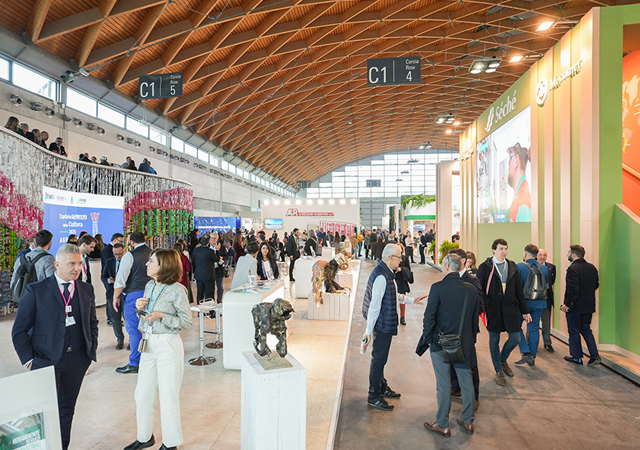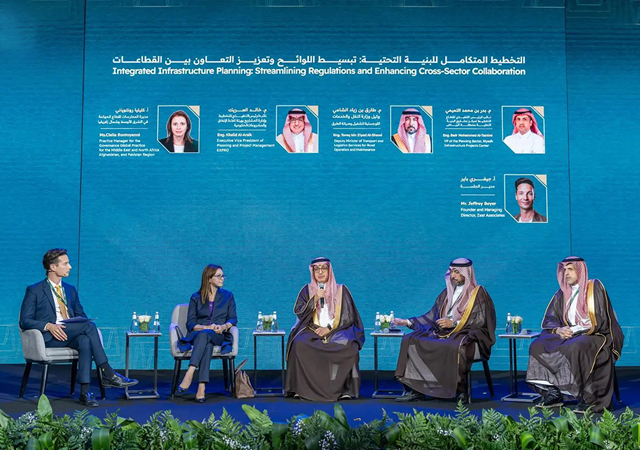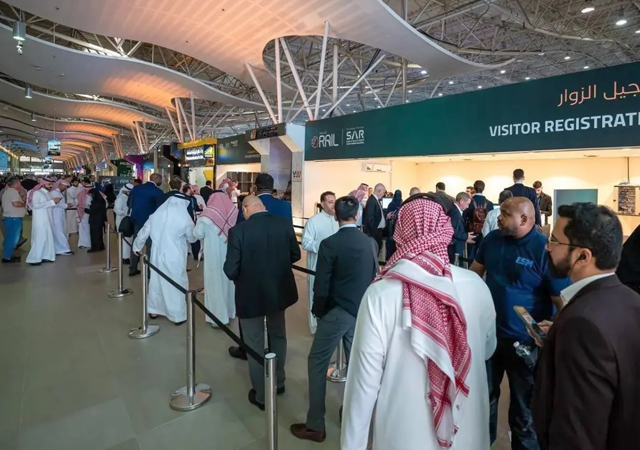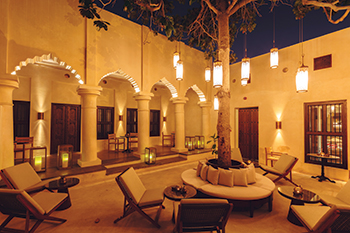 Today’s lighting requires less power but can still achieve a higher output.
Today’s lighting requires less power but can still achieve a higher output.
The incredible growth of LEDs today is the result of the ban on incandescent bulbs as the industry sought more energy-efficient solutions in a bid to improve energy efficiency and sustainability.
Just 10 years ago, it was not possible to use LEDs on palm trees because they simply could not produce the lumen output necessary; they did not have enough lumen package. Since then, though, there have been incredible technological advances and most lighting fixtures today are LED based.
Today’s lighting requires less power but can still achieve a higher output. In addition, there are so many more layers of light that can be added to the space. So, it’s not just about how much energy is being saved but also how many more features can be introduced into the space and still be within the limits of the load capacity for a particular space while adhering to the green building codes.
It is possible to be very energy efficient, especially with good optics, and cover a bigger area with less fixtures. Each type of space, depending on its function, will have a different load limitation. And so a hotel lobby, because it has many more features, would be allowed a higher load limit than, say, a residential lobby.
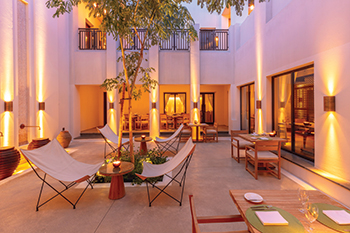 |
|
Al Bait Sharjah ... a GAJ project showcasing efficient lighting for an outdoor setting. |
LED technology has enormous scope and provides so much more freedom. In the beginning, however, one of the problems was that some of the LED fixtures were being developed as replacements for other types of lamp technology such as fluorescent bulbs but the performance of these fixtures was not correctly aligned to the LED technology.
Since then, the fixtures have improved in their product design specifically for this technology and continue to do so.
Manufacturers now are developing fixtures that are based on LED technology instead of trying to use LEDs as a retrofit solution that is compatible to other light sources and older models of light fixtures. As a result, we are now seeing slimmer light fixtures and new products that are based purely on this technology.
The downside is that there are so many different manufacturers producing different LED chips, which don’t all perform equally and the result is always different.
The 24-degree engine with a 3,000 Kelvin colour temperature from one manufacturer, for example, will be different to that of another and the light performance will not necessarily be the same with the same beam angle. This is one of the reasons that you should never simply choose a product from a catalogue. You have to test what is available for your particular specifications.
The improvement of lighting control systems and the connectivity which, today, allows everyone to have access to information and which allows people to have more control of their environment, is definitely one of the trends in lighting design.
The way you can use a smartphone or tablet to control not only the lighting but also the heating, ventilation and air-conditioning (HVAC) system, the blinds and other appliances is making us all rethink how we interact with the space around us.
The use of nanochips within lighting technology gives us a glimpse of what can be done. Through these chips, we can get feedback on thermal performance such as the life-span of the lighting and power output and this is already making lighting much smarter today.
One of the biggest challenges lighting designers face is when the project changes significantly from the original design through value engineering.
Staying true to the brief or design intent is often quite difficult when simple substitutions are used as these can often be detrimental to the end result if they are inferior. Protecting your specification is vital but, as a lighting designer, I am happy to source new fixtures as long as they perform as well as or better than the original specification.
One of the other challenges is that quite often, even though the budget has been approved, lighting designers are often forced to revise it and we sometimes find that lighting is one of the first areas to be cut. This is a mistake.
Lighting has the power to transform or ruin a space and so it should never be about finding a cheaper solution but rather about finding a quality alternative. Value engineering is fine but we need to put value back into value.
*Godwin Austen Johnson (GAJ) is one of the largest and longest-established UK architectural and design practices in the UAE. During its 25 years of existence, it has created some of the Emirates most iconic buildings.
An award-winning and multi-disciplinary architecture, interior design, specialist lighting and MEP practice, GAJ has particular expertise in hotel and hospitality, residential and commercial, education, sport and leisure design.
The GAJ portfolio of work is extensive with a wide range of built and ongoing projects across the Middle East and North Africa.
The company remains young and dynamic employing more than 180 employees from its Dubai headquarters with further offices in Abu Dhabi and Sharjah in the UAE; Riyadh and Jeddah in Saudi Arabia; Muscat and Salalah in Oman; and the UK.



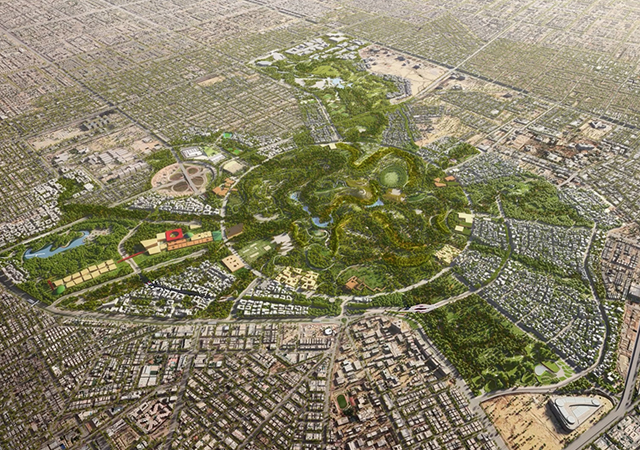
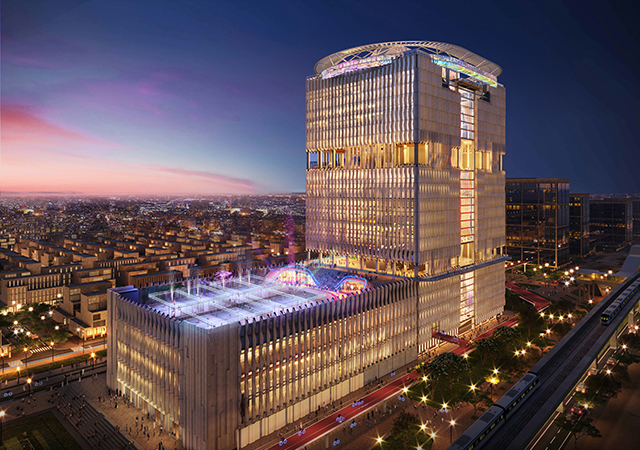
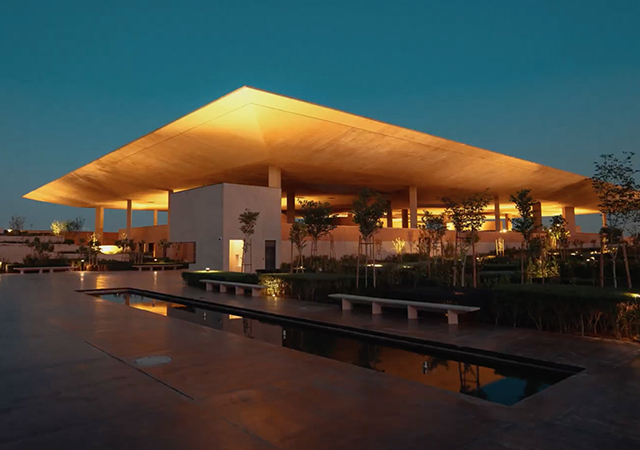
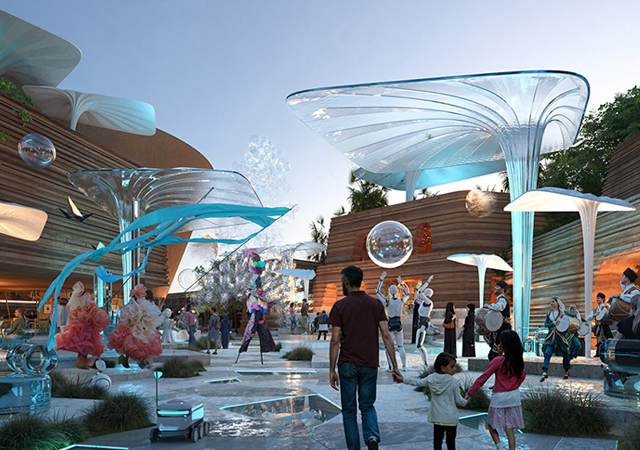

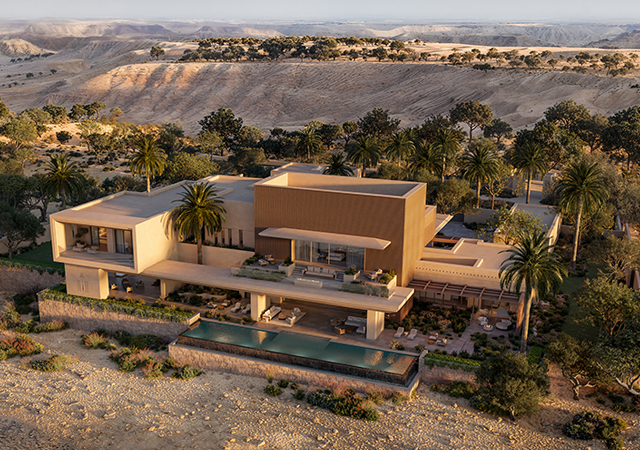
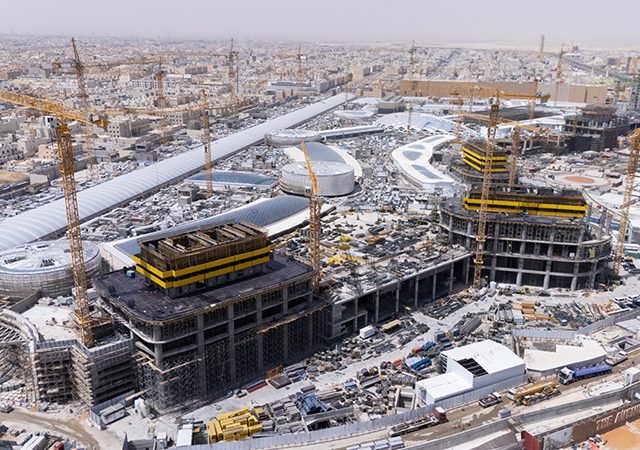
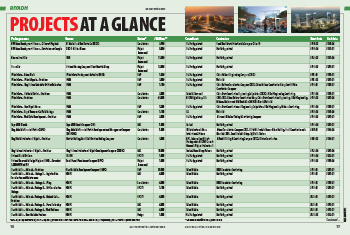
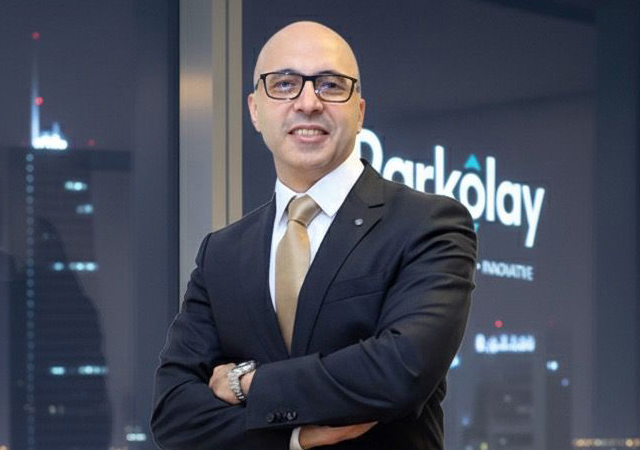


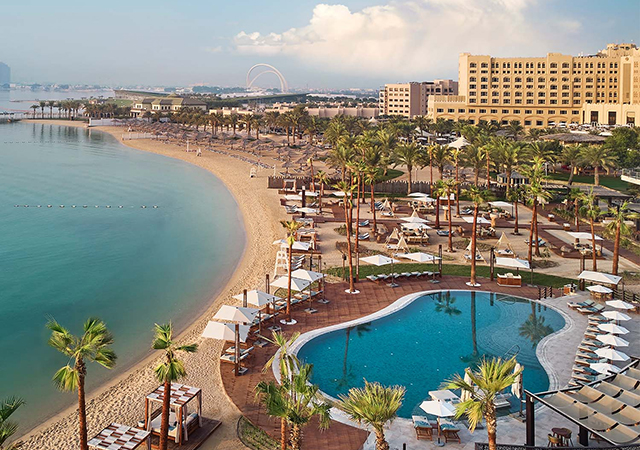
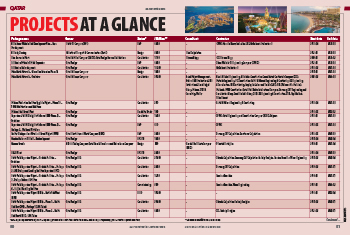
.jpg)
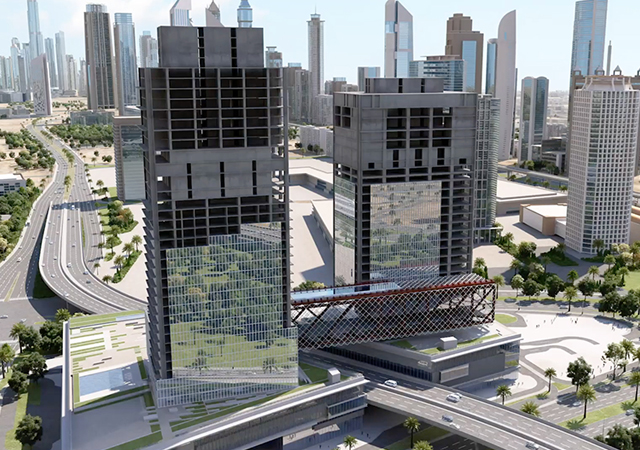
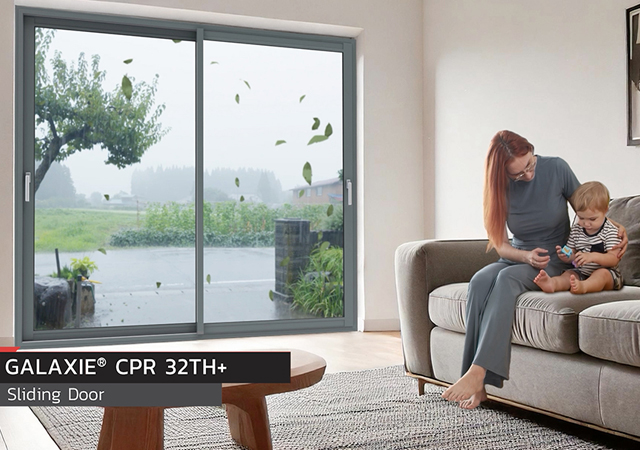
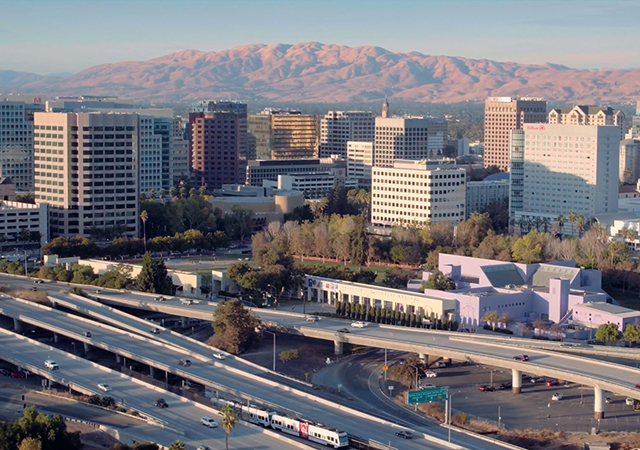


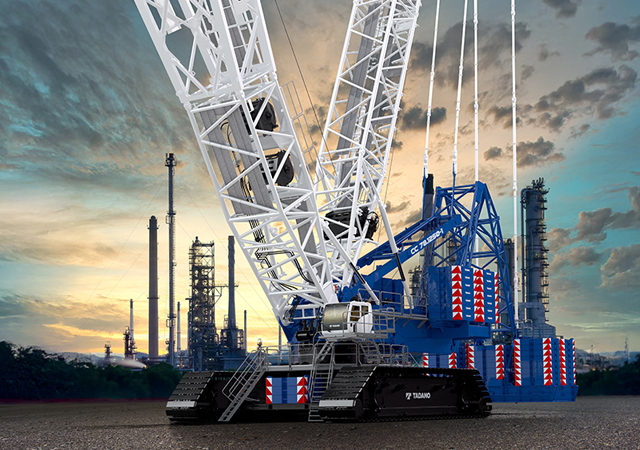
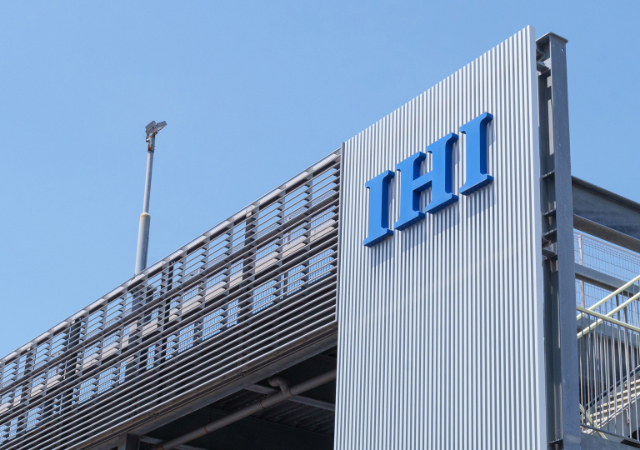

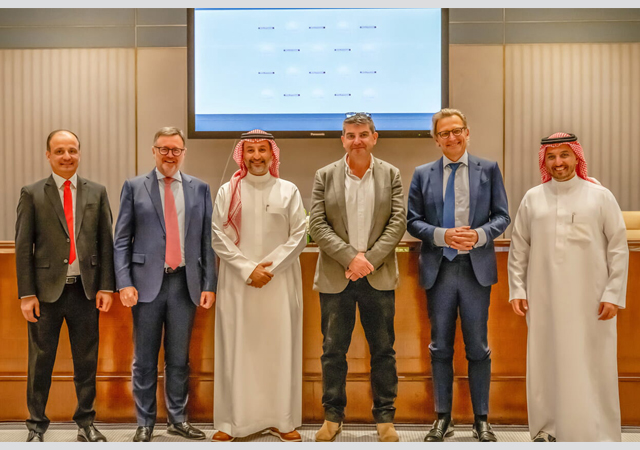

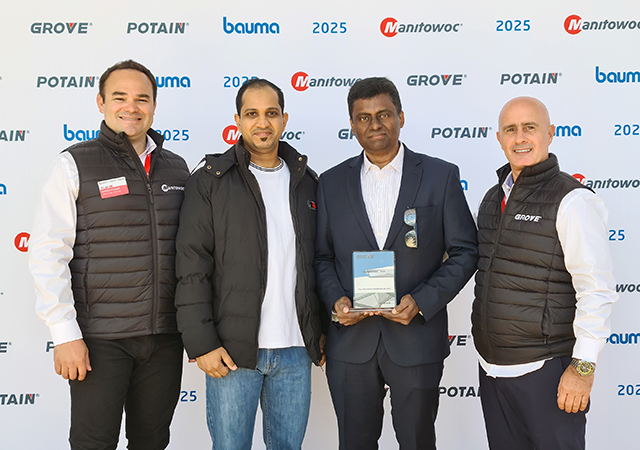
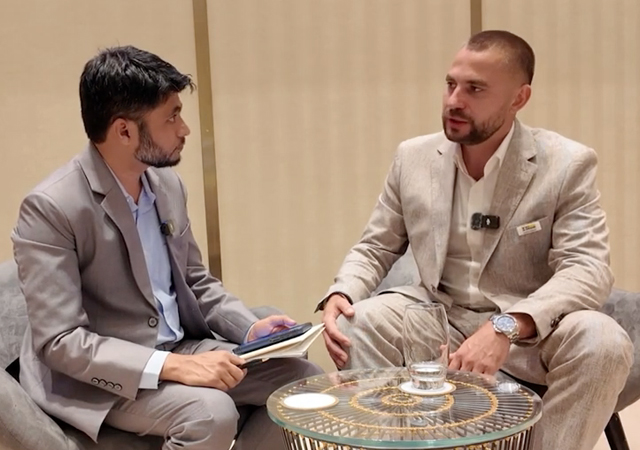
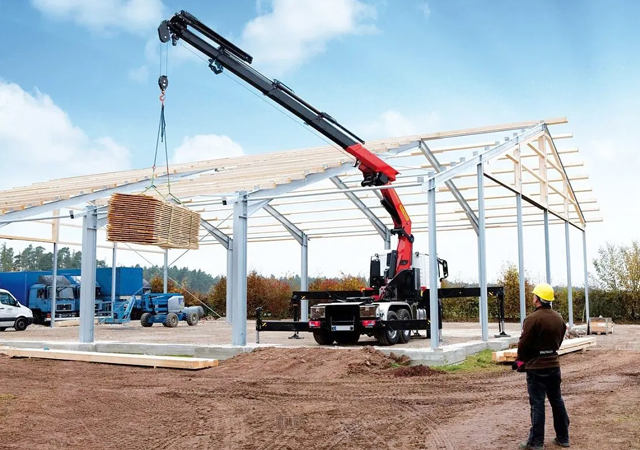
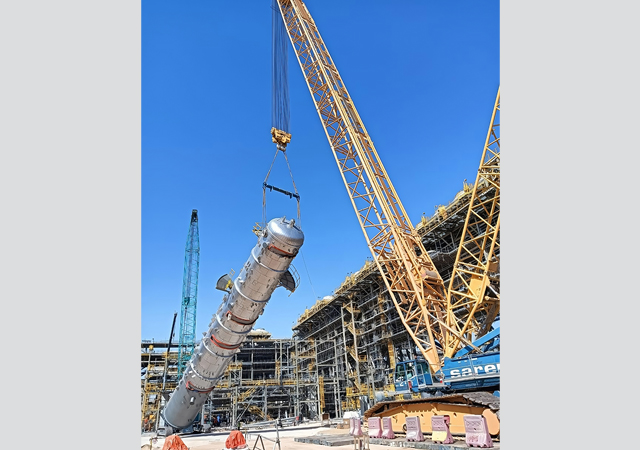
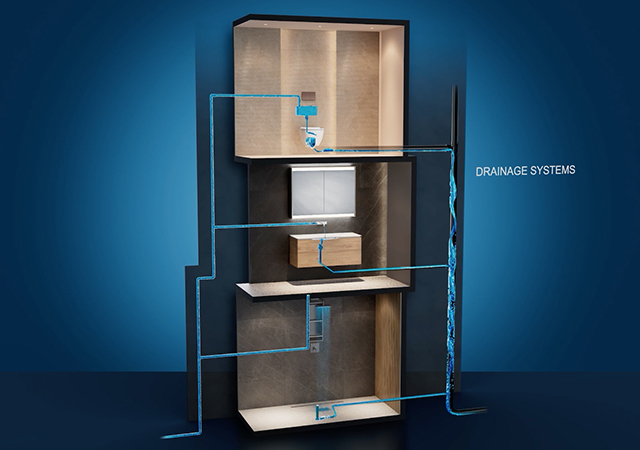
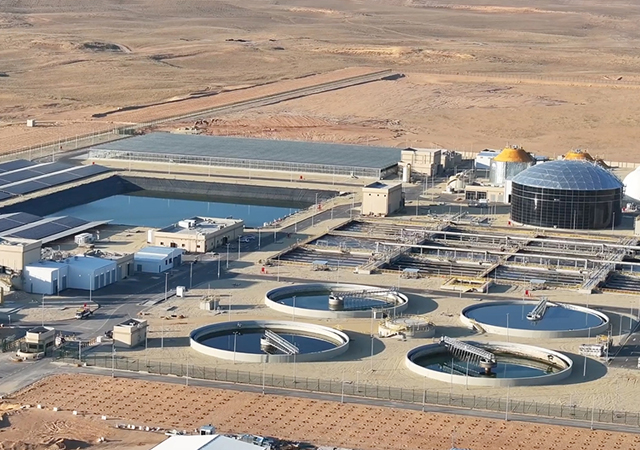

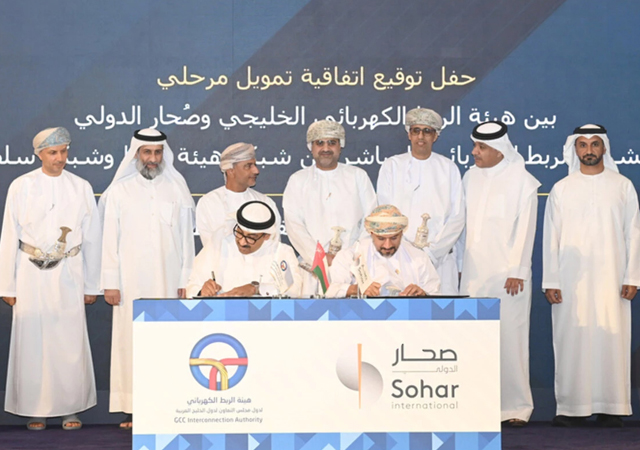
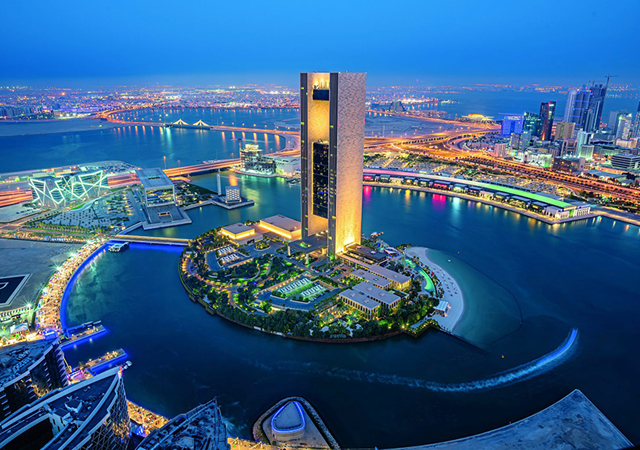
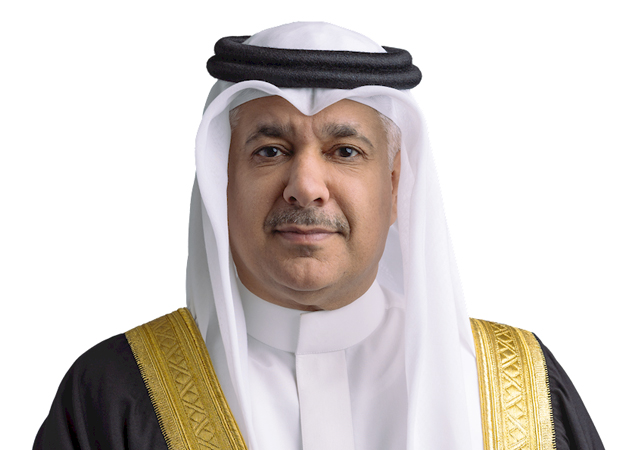



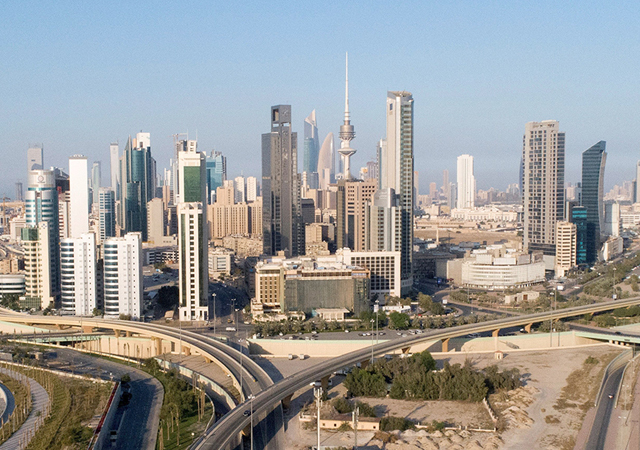
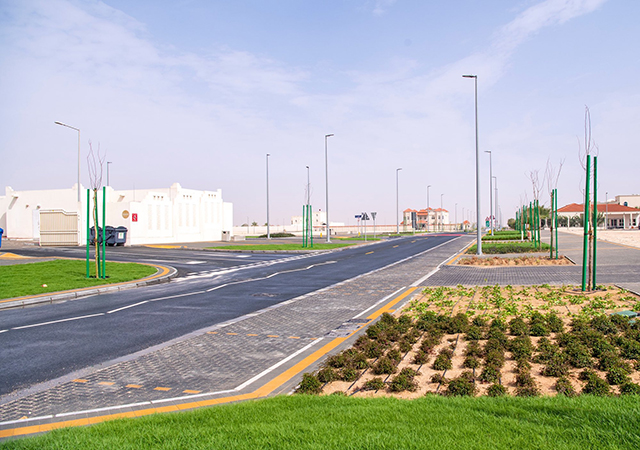

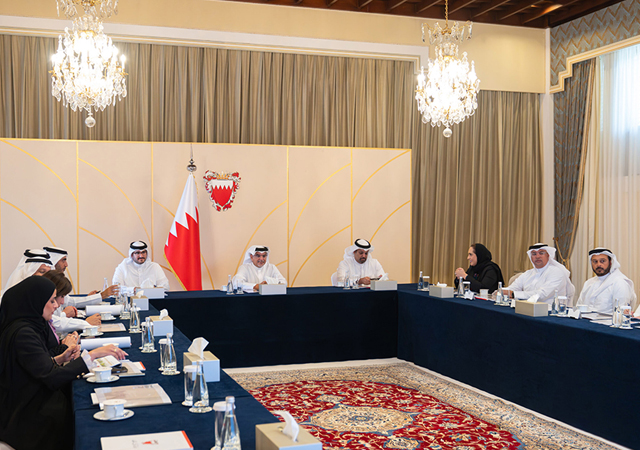


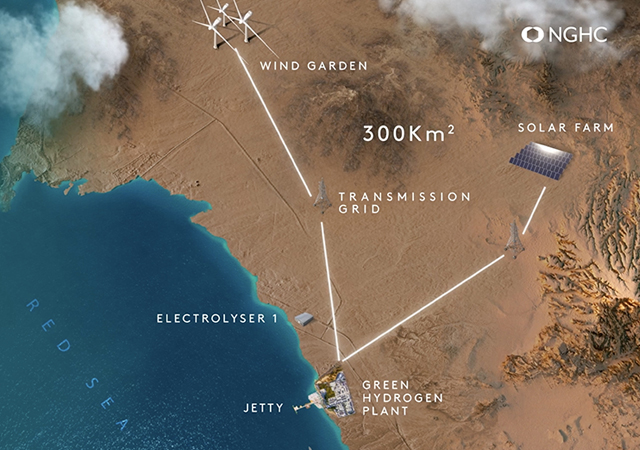
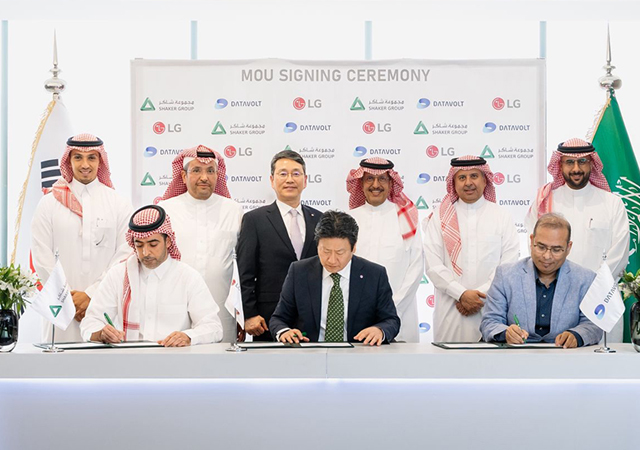
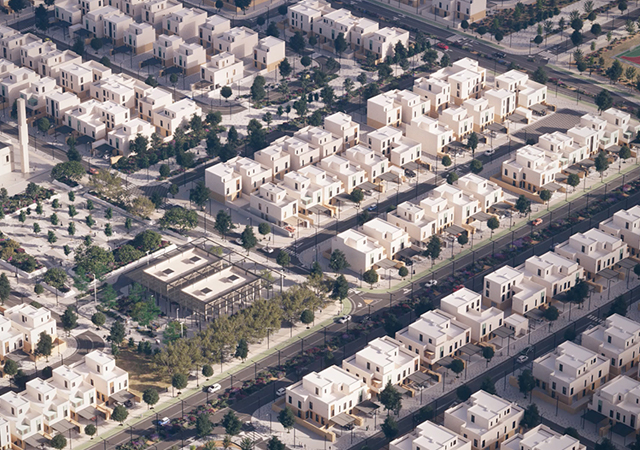
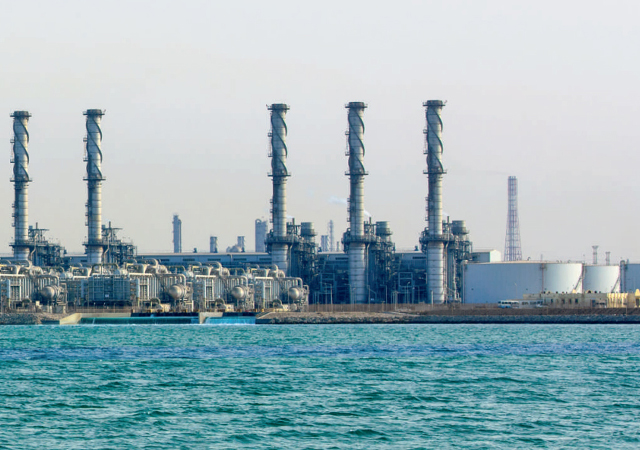
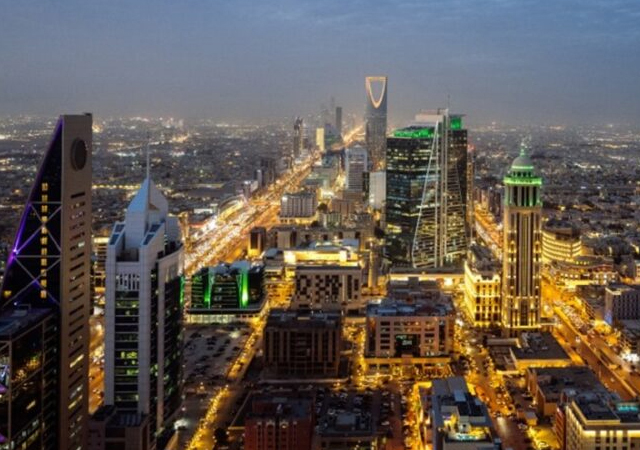
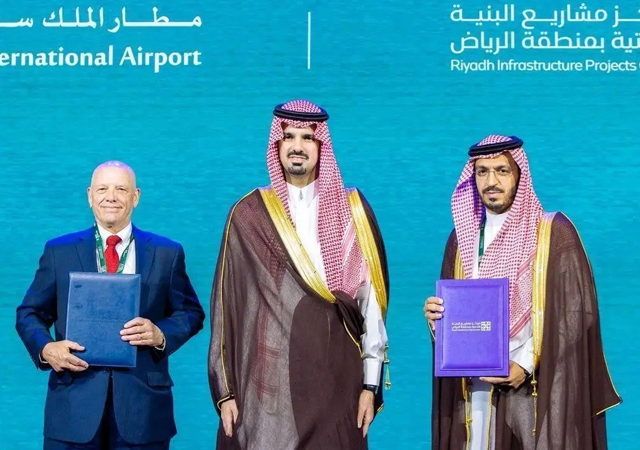
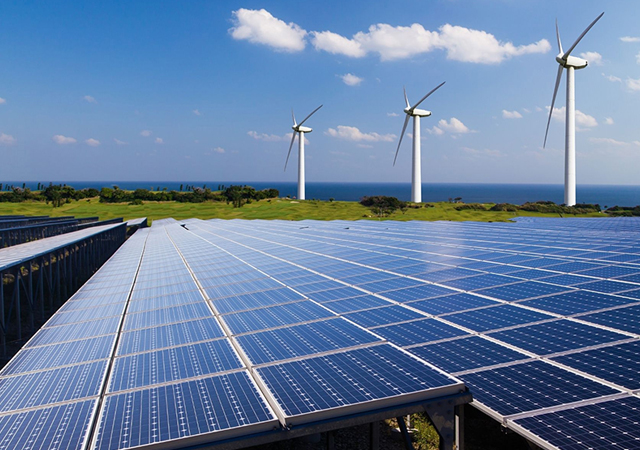
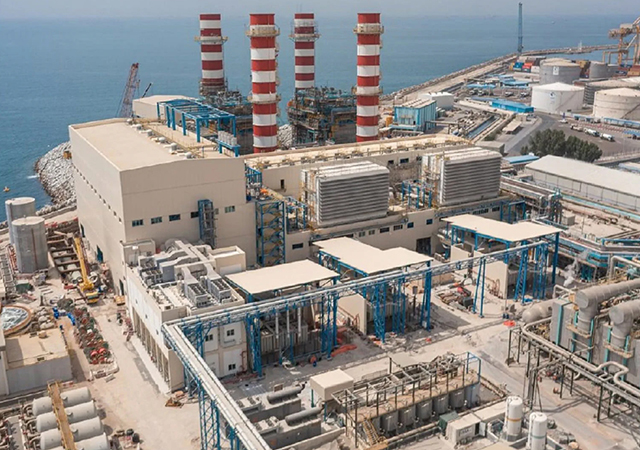


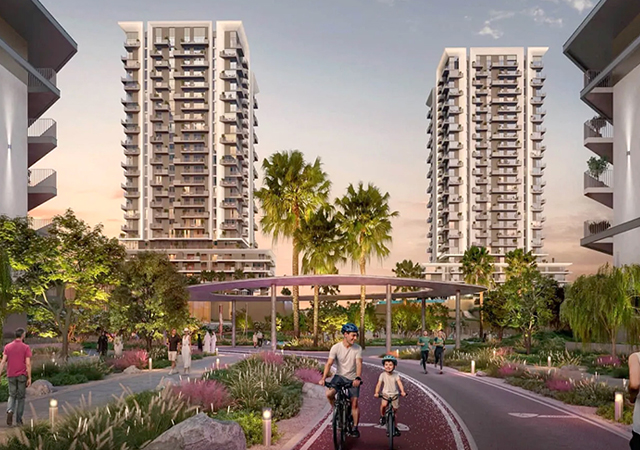
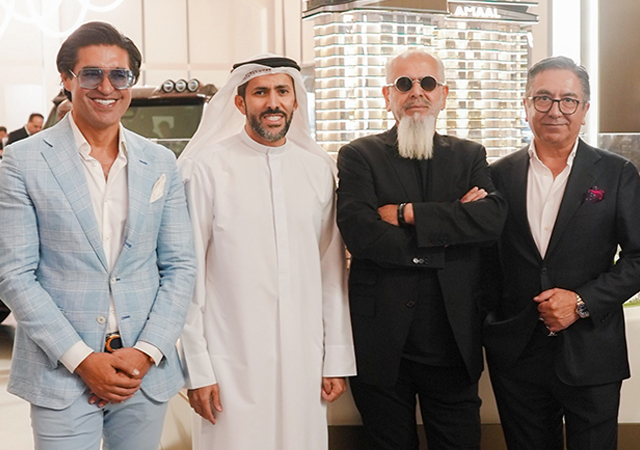
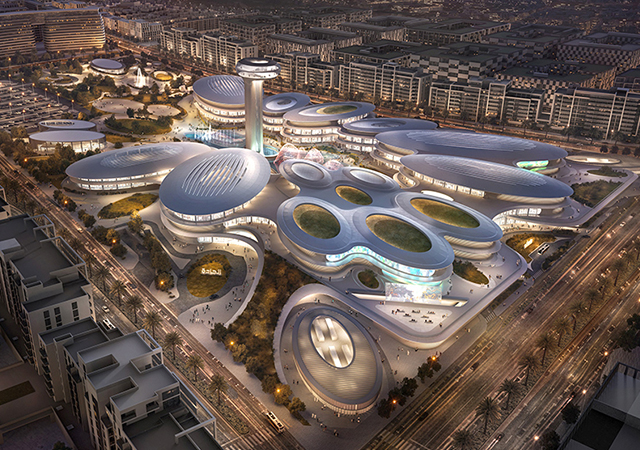

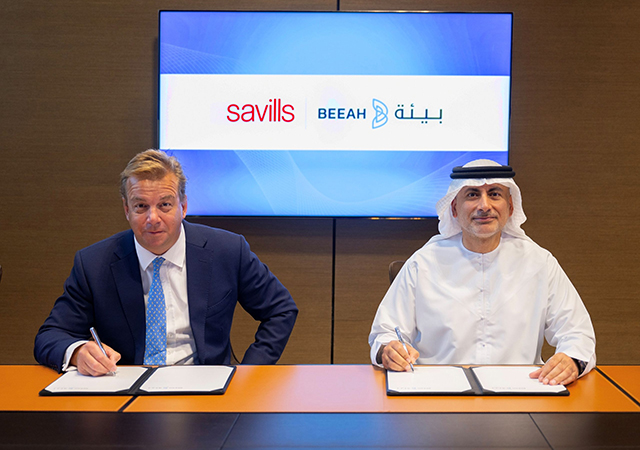
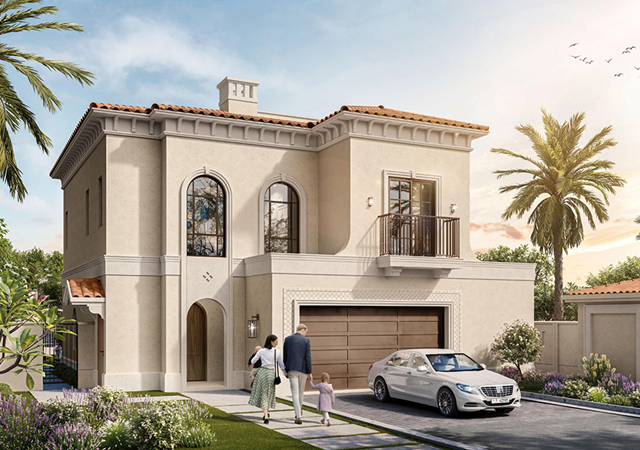
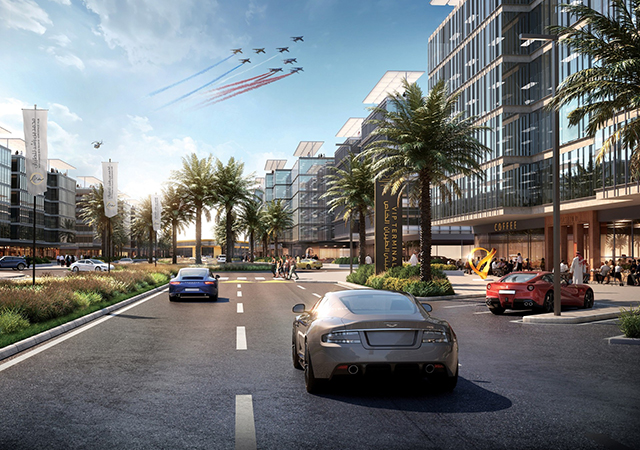

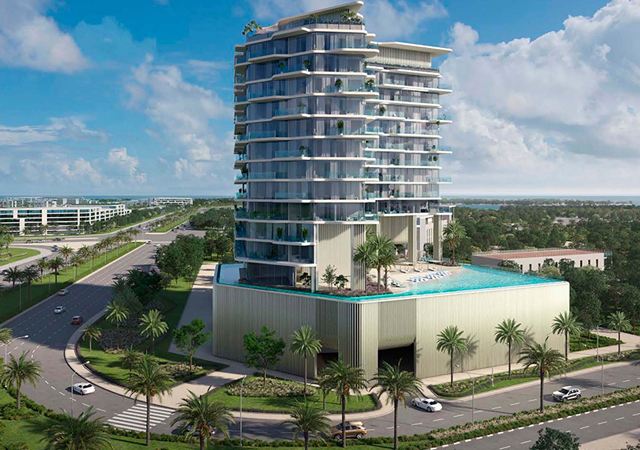
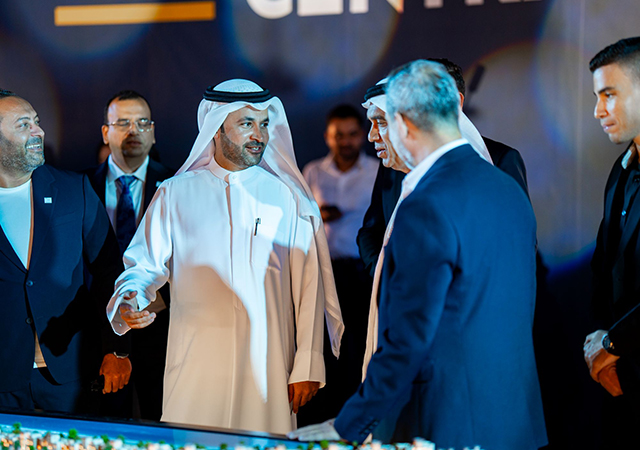
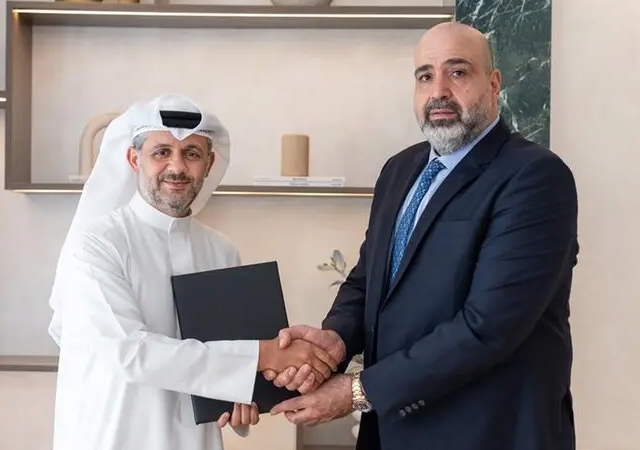
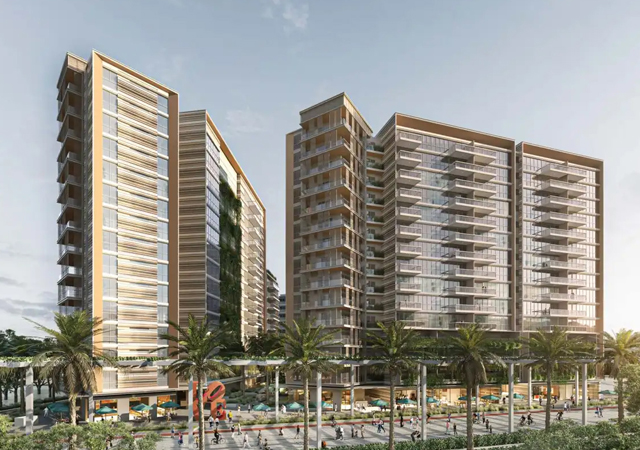
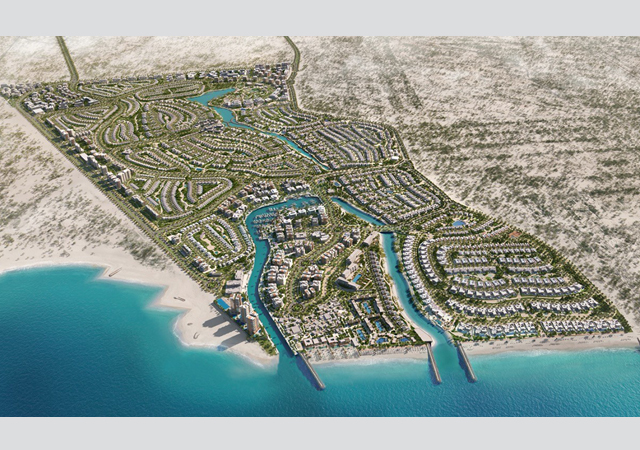
.jpg)
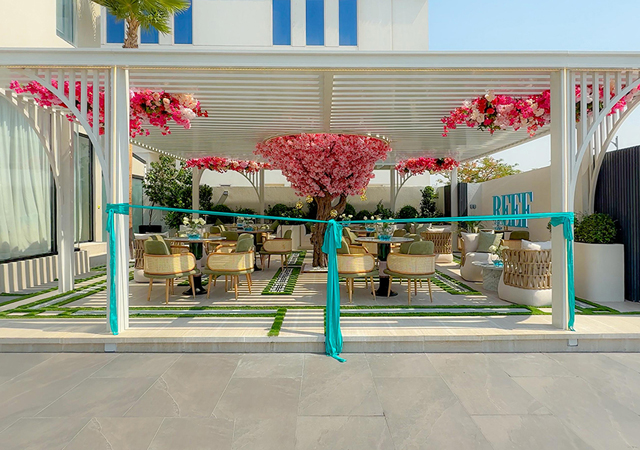
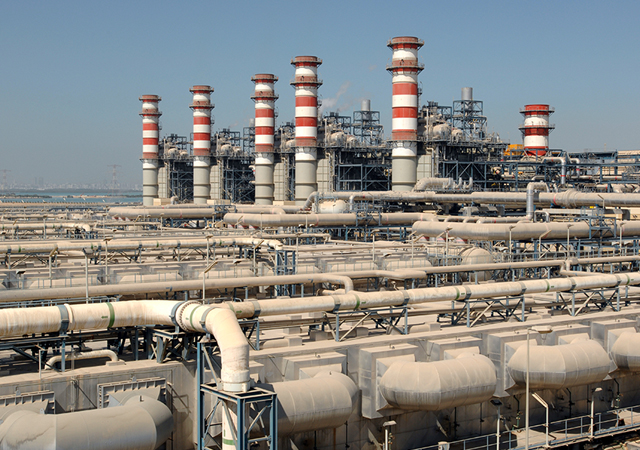
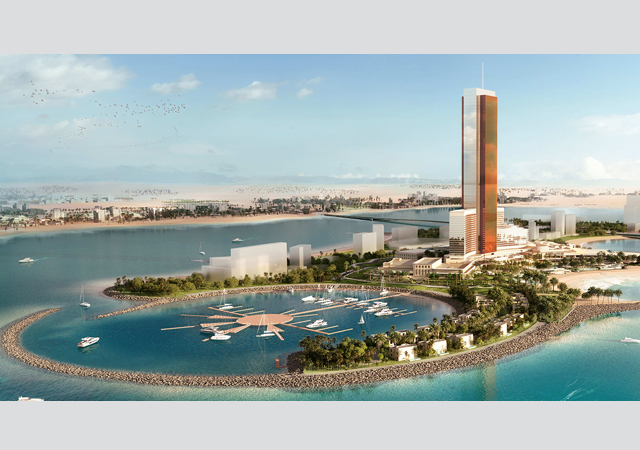
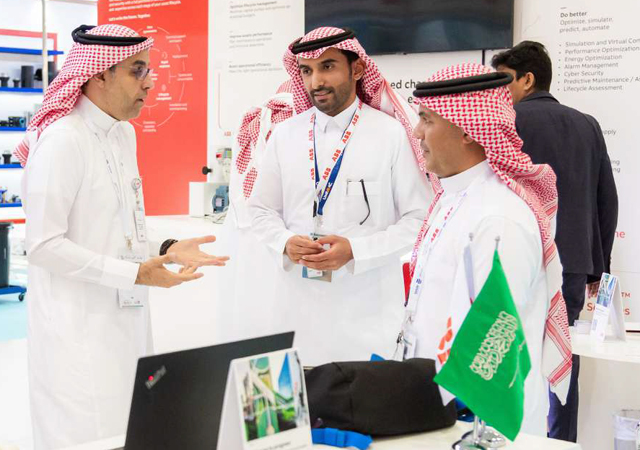
.jpg)

